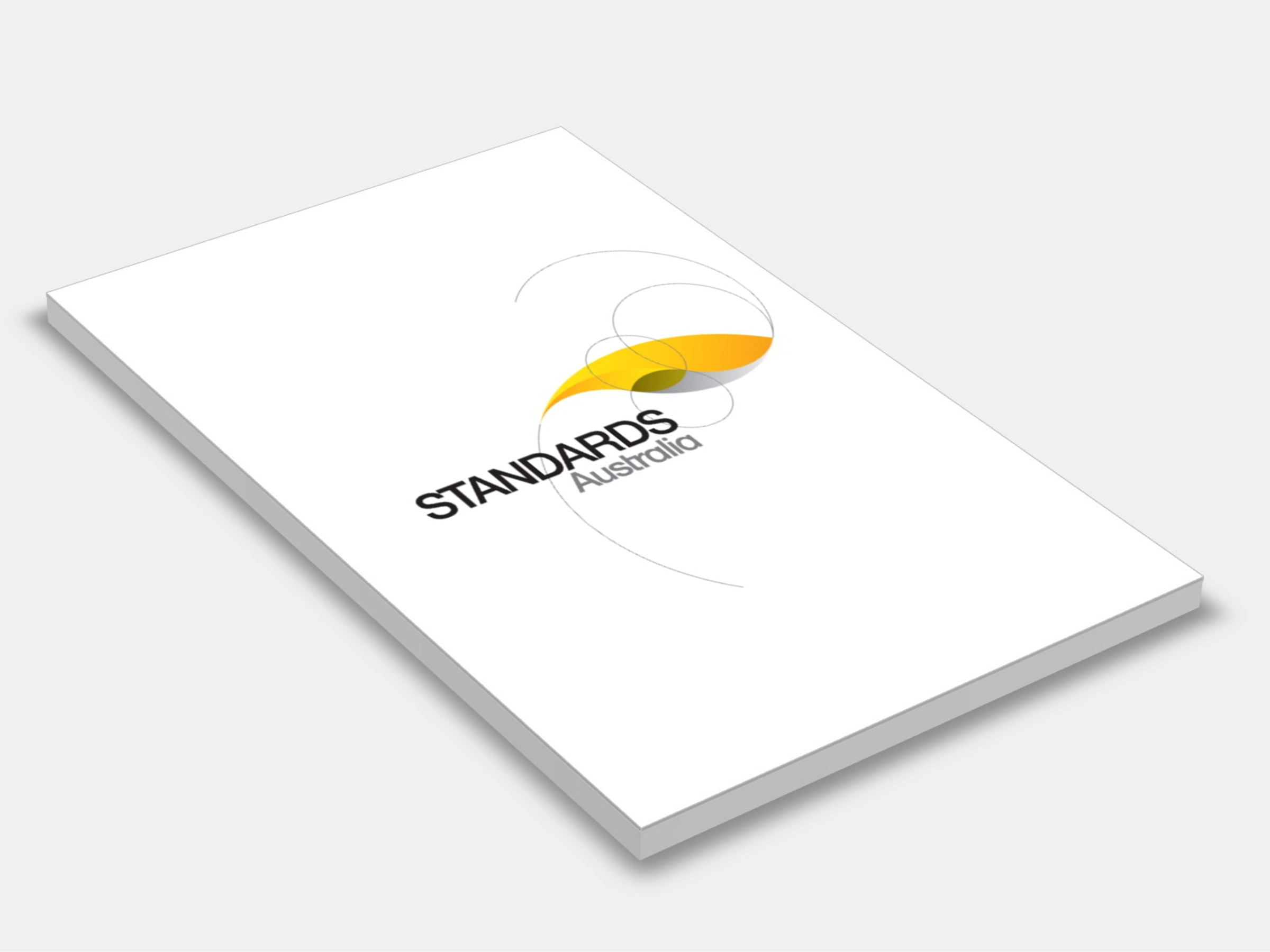
Type
Publisher
Standards Australia
Publisher
Standards Australia
Version:
Third Edition 1986.
(Current)
Short Description
Sets out requirements for fire-rated landing doors for retarding the passage of fire through openings in fire-rated liftwells; it applies where doors are required to have a fire-rating certificate.
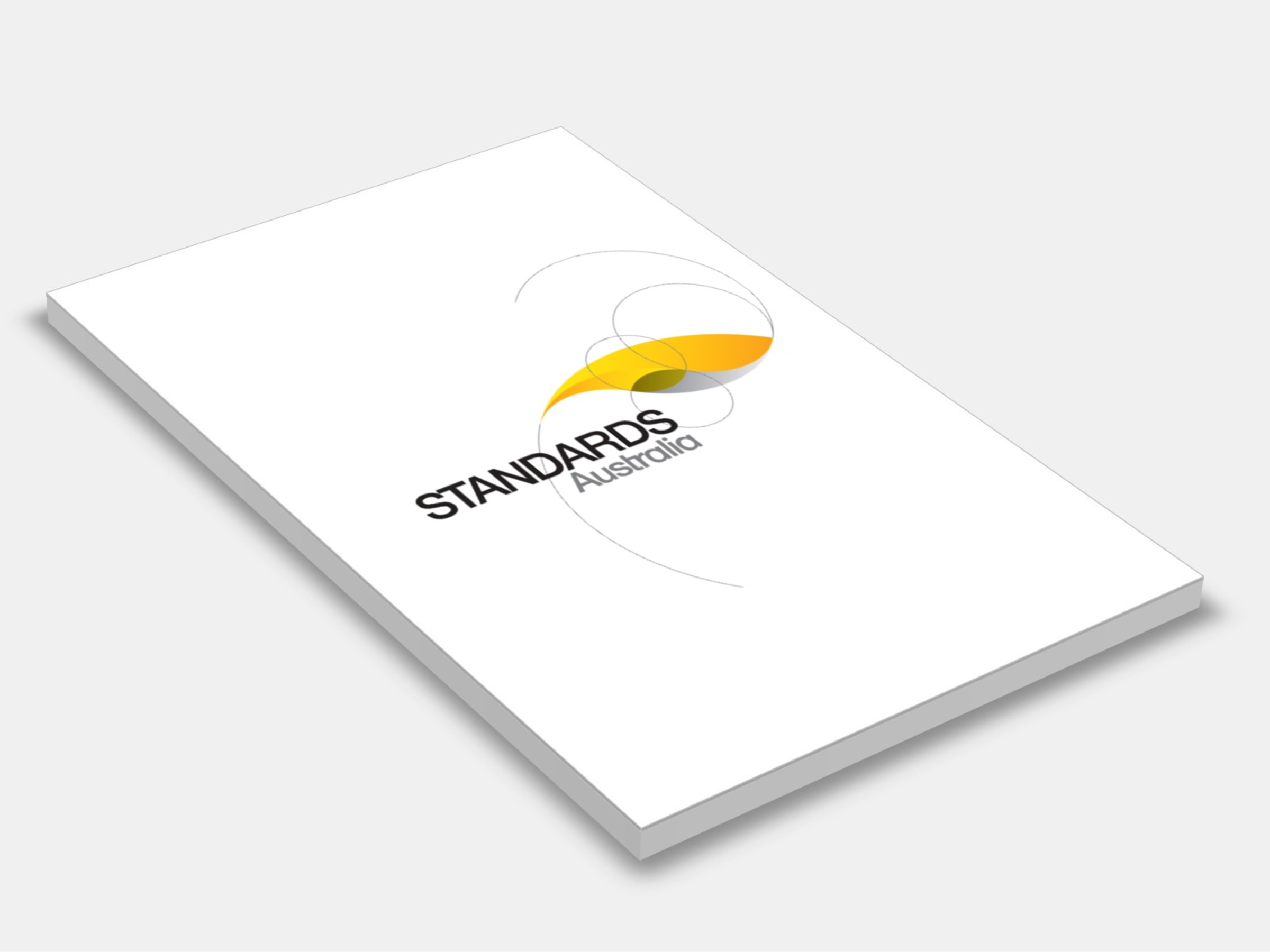
Type
Publisher
Standards Australia
Publisher
Standards Australia
Version:
First Edition 2016.
(Current)
Short Description
Sets out the design methods, assumptions and other criteria, including uplift forces and racking pressures, suitable for the design of timber-framed buildings constructed within the limitations and parameters of, and using the building practice described in, AS 1684.2, AS 1684.3 and AS 1684.4.
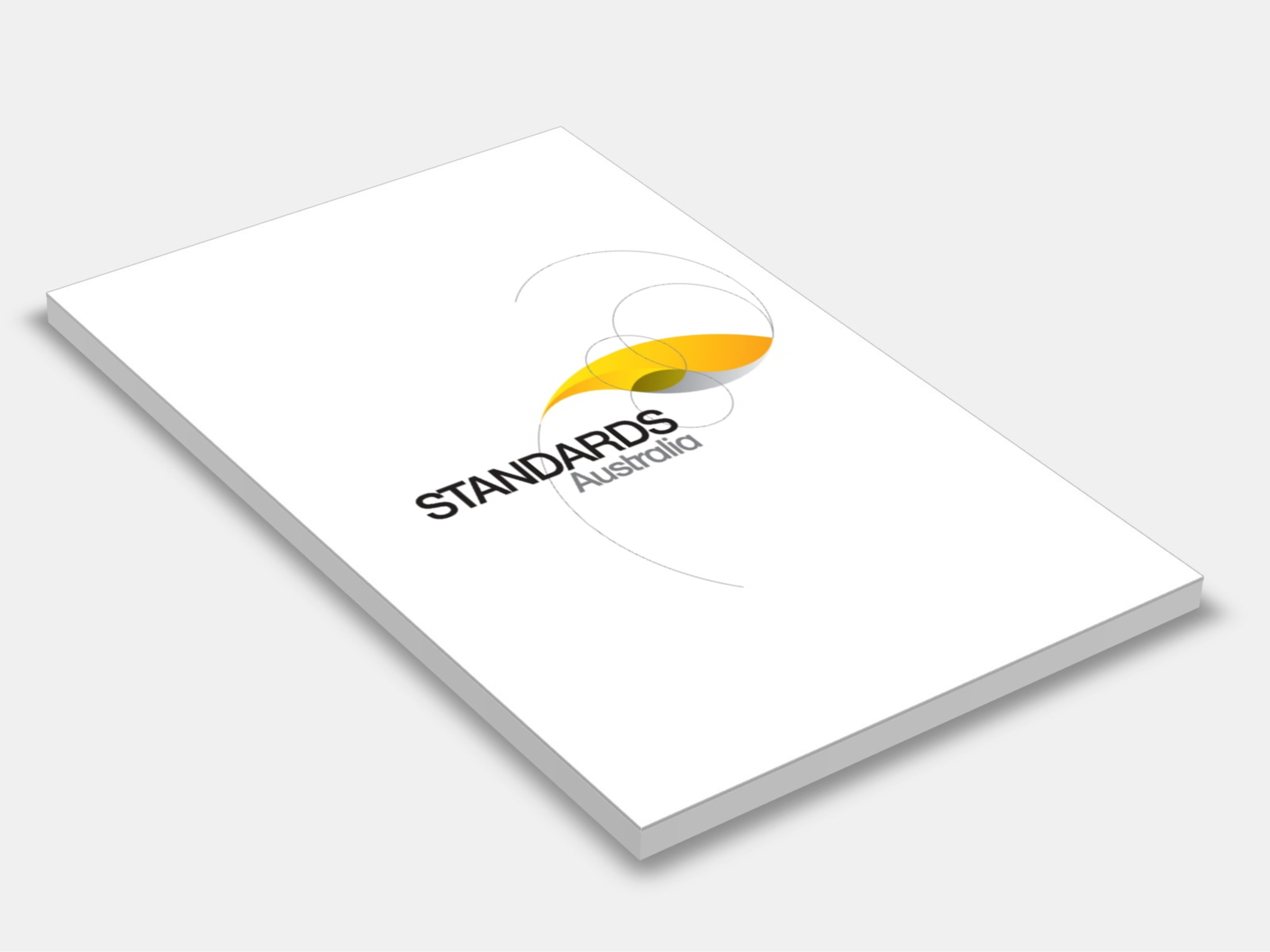
Type
Publisher
Standards Australia
Publisher
Standards Australia
Version:
Eighth Edition 2022.
(Current)
Short Description
AS 1735.1.1:2022 sets out uniform requirements and defines terms for lifts, escalators and moving walks in the AS 1735 series.
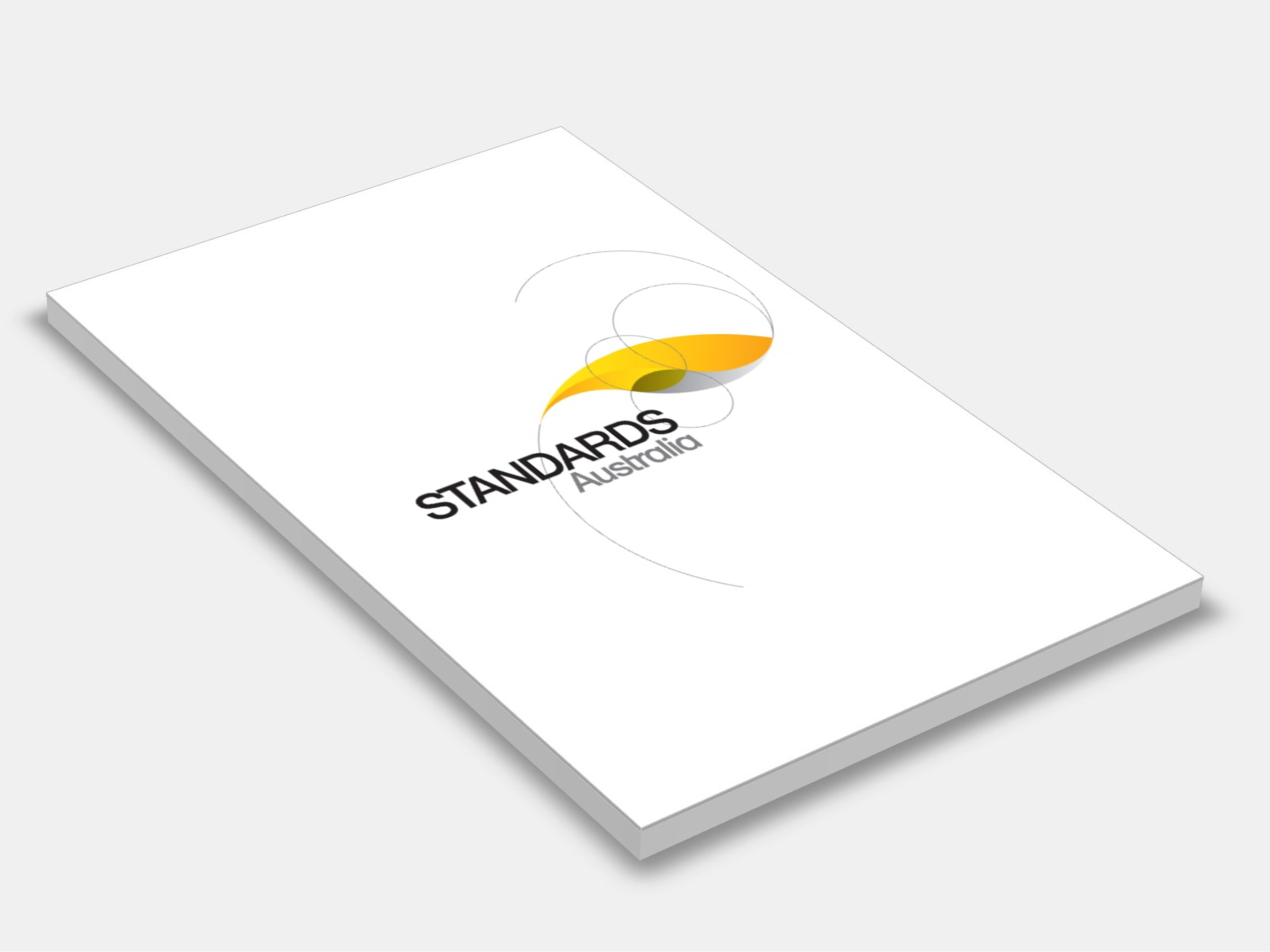
Type
Publisher
Standards Australia
Publisher
Standards Australia
Version:
First Edition 2019.
(Current)
Short Description
Specifies requirements for alarm systems for all types of passenger and goods passenger lifts; deals with the minimum information to be provided as part of the instruction manual related to maintenance and the rescue service.
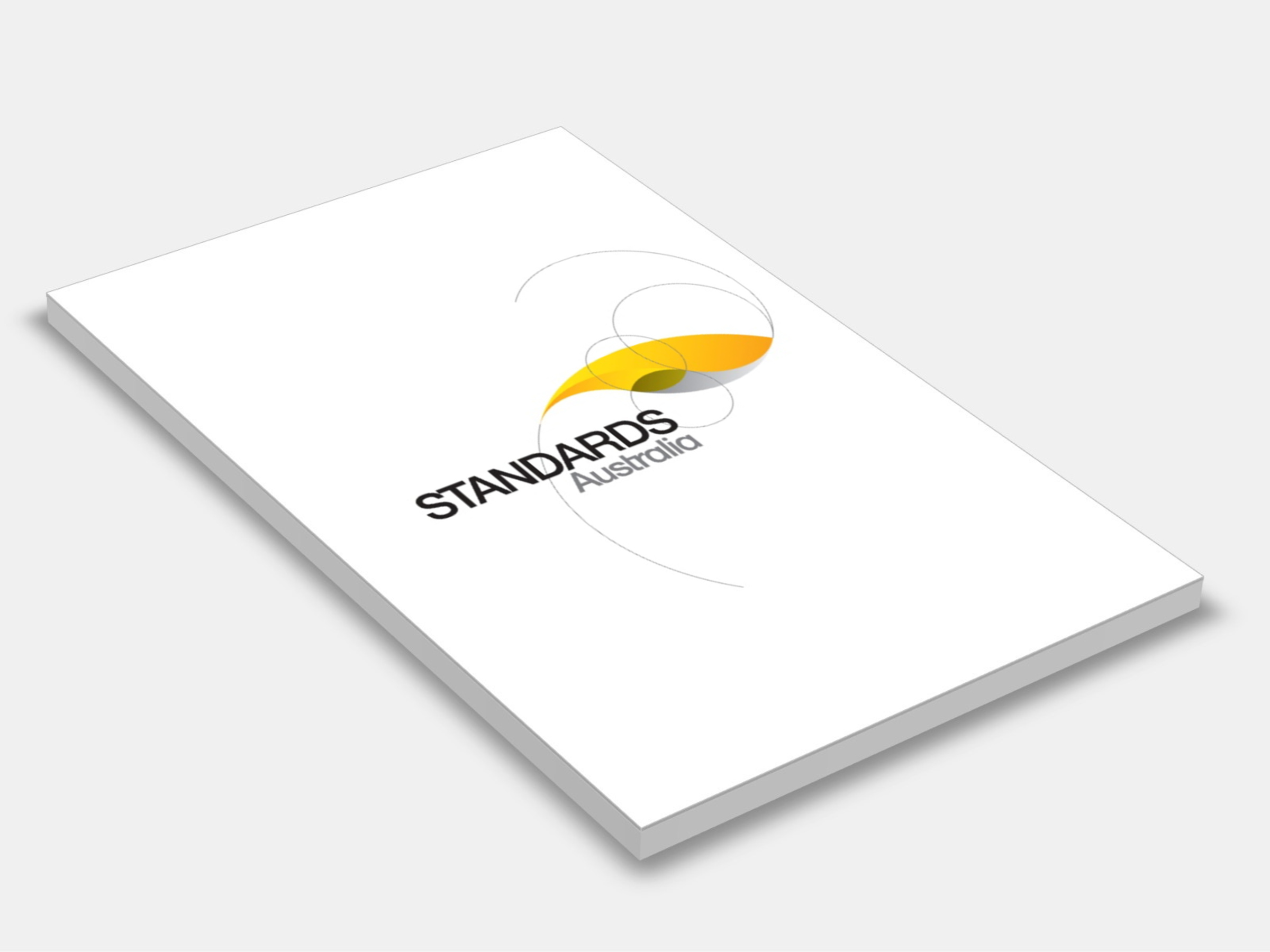
Type
Publisher
Standards Australia
Publisher
Standards Australia
Version:
First Edition 2020.
(Current)
Short Description
Adopts EN 81-70:2018 with modifications for Australia, which specifies the minimum requirements for the safe and independent access and use of lifts by a wide range of persons, including persons with disabilities.
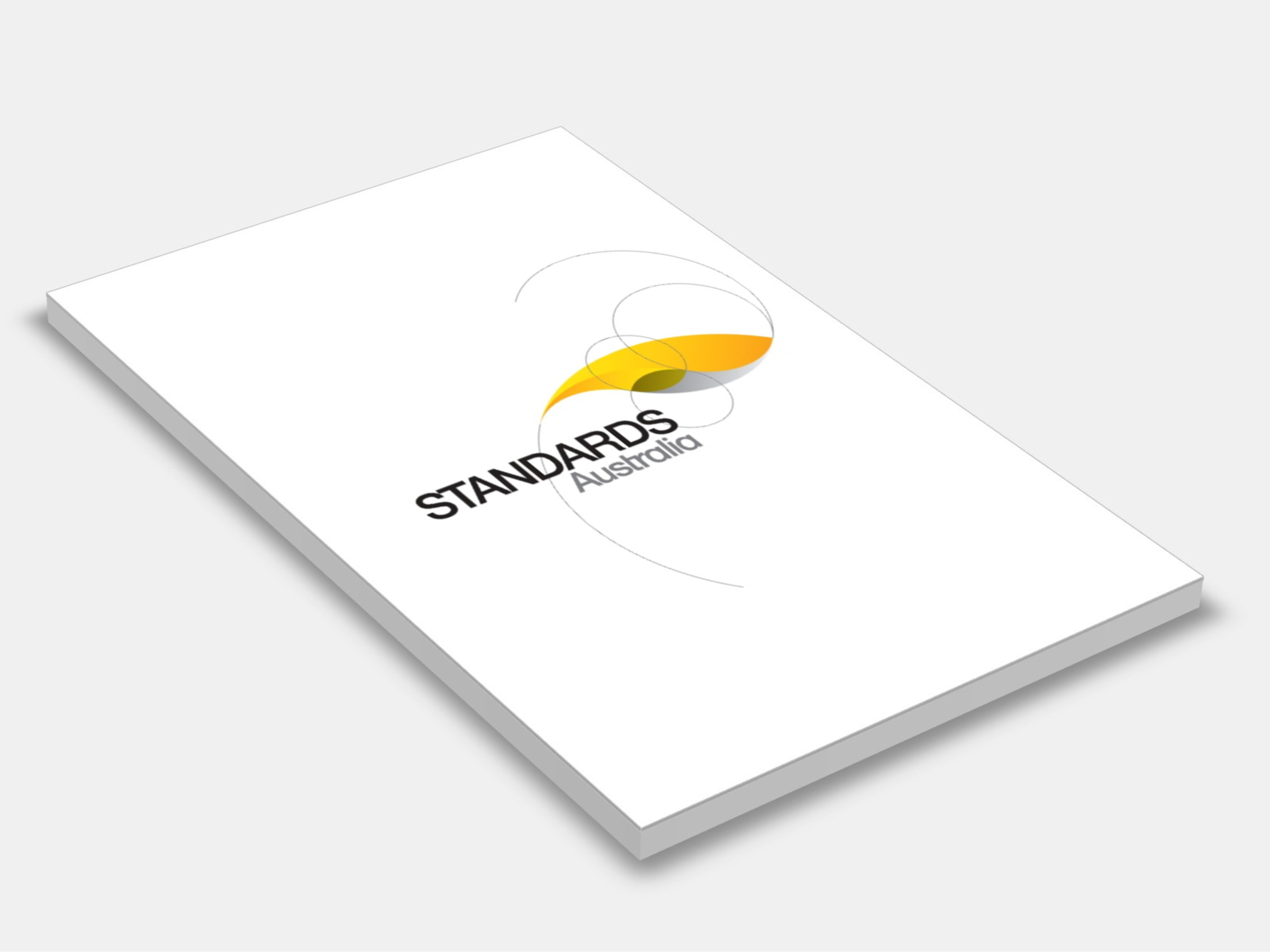
Type
Publisher
Standards Australia
Publisher
Standards Australia
Version:
Fourth Edition 2010.
(Pending Revision)
Short Description
Specifies requirements for the building industry with procedures that can be used to determine building practice, to design or check construction details, and to determine member sizes, and bracing and fixing requirements for timber-framed construction in non-cyclonic wind classifications N1 and N2. Also referred to as the timber framing code.
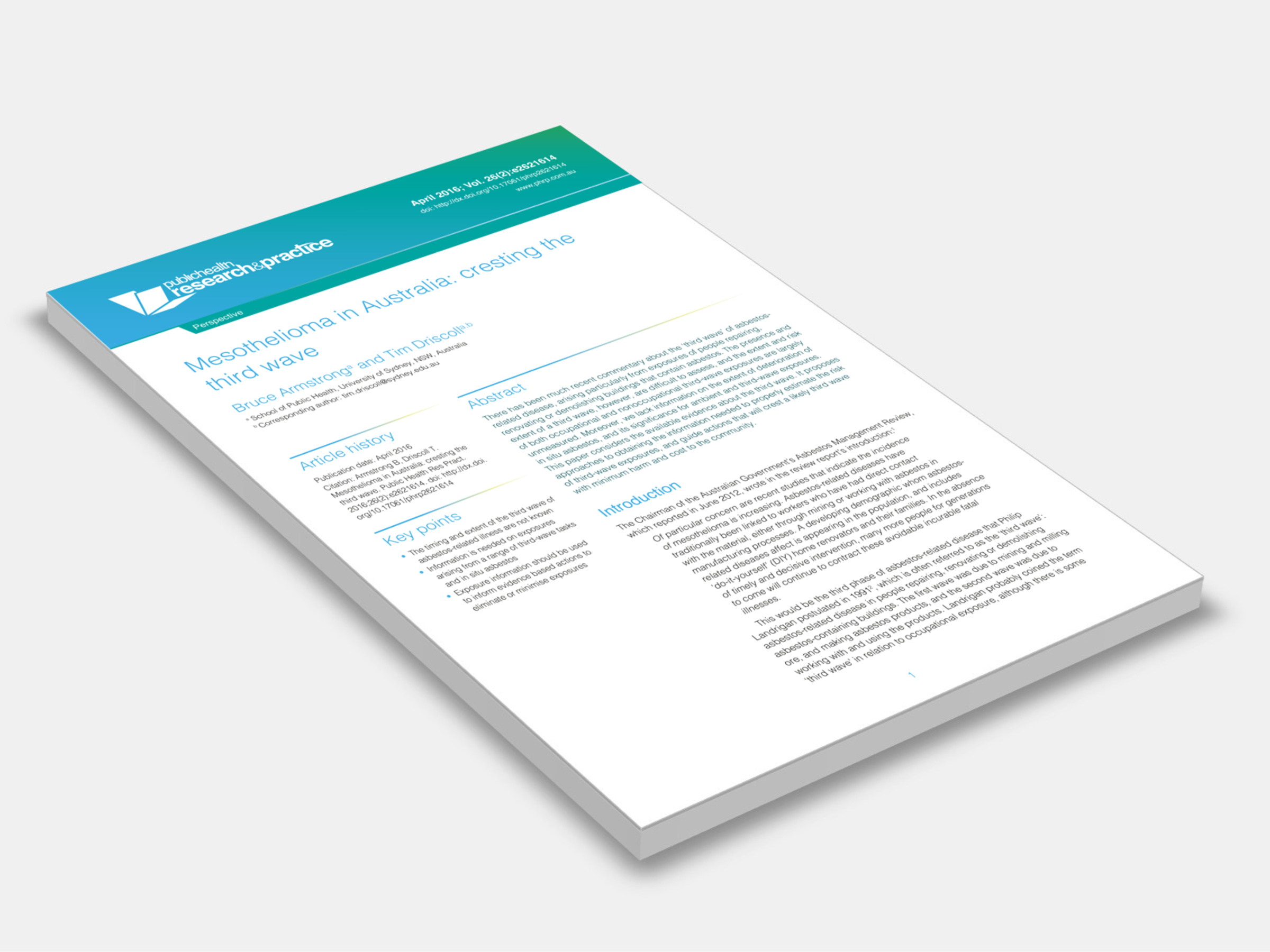
Type
Version:
2016.
(Current)
Short Description
Proposes approaches to obtaining the information needed to properly estimate the risk of third-wave asbestos exposures, and guide actions that will crest a likely third-wave with minimum harm and cost to the community.
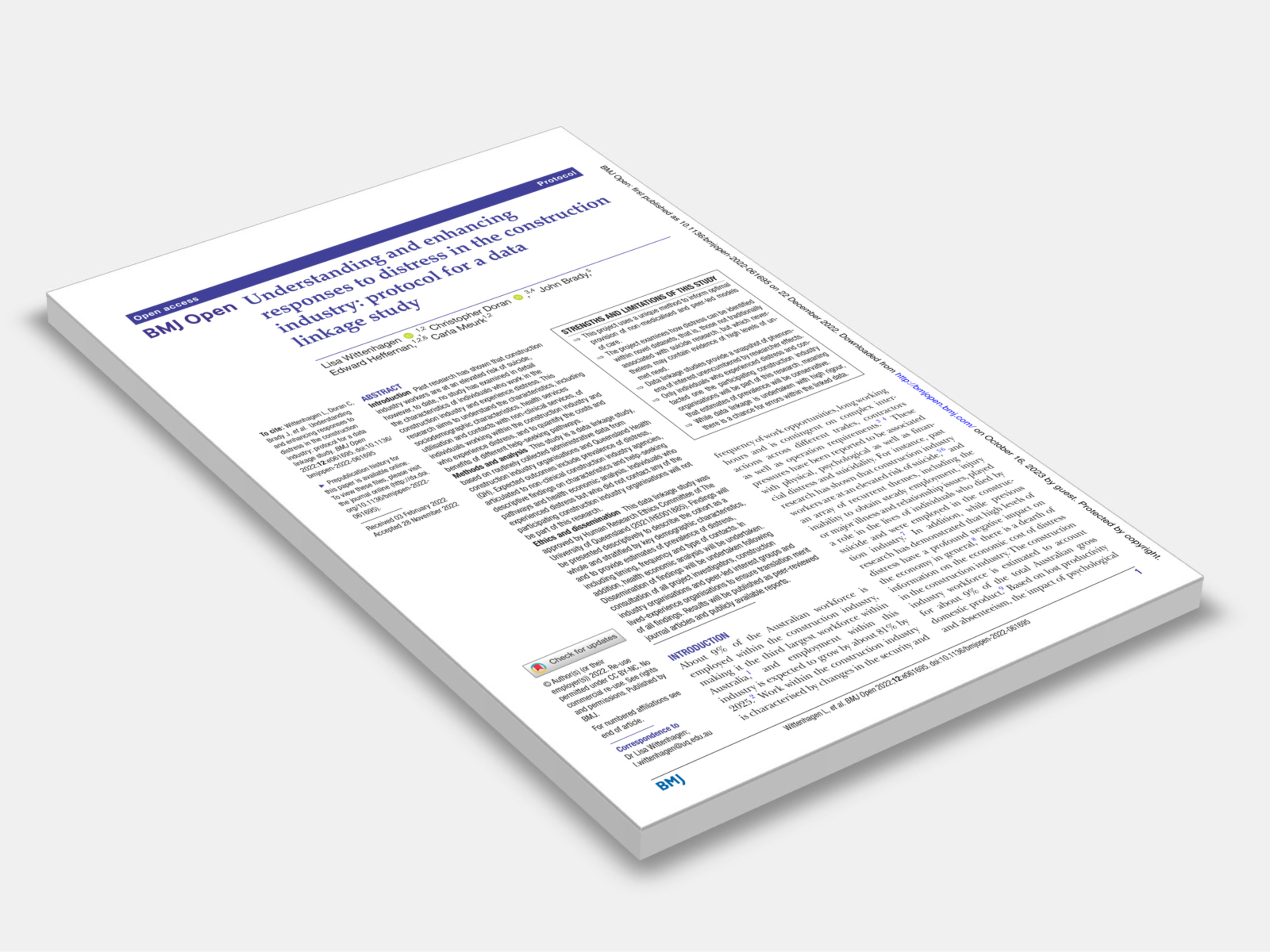
Type
Version:
2022.
(Current)
Short Description
This research aims to understand the characteristics, including sociodemographic characteristics, health services utilisation and contacts with non-clinical services, of individuals working within the construction industry and who experience distress, and to quantify the costs and benefits of different help-seeking pathways.
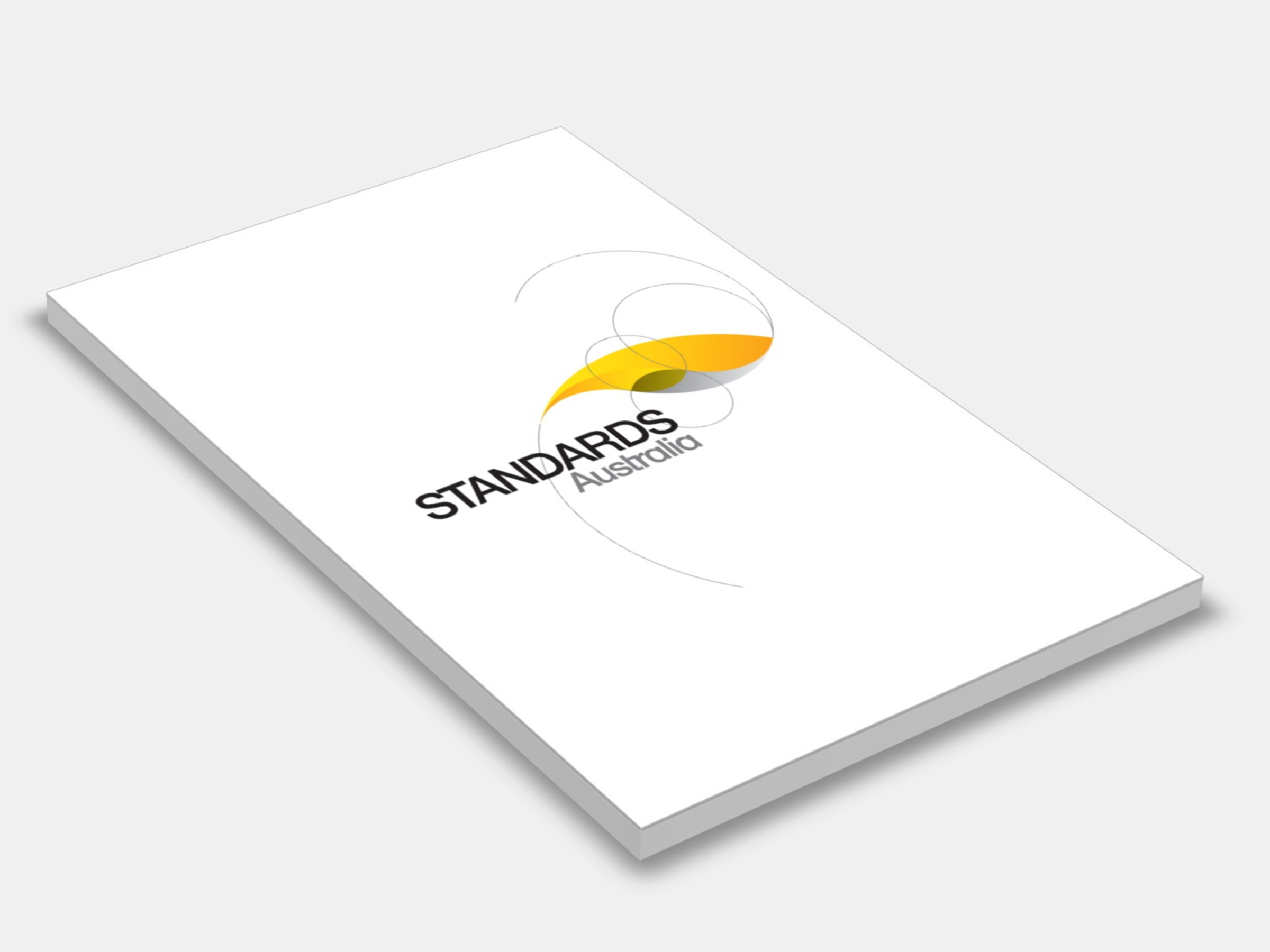
Type
Publisher
Standards Australia
Publisher
Standards Australia
Version:
First Edition 2019.
(Current)
Short Description
Specifies safe working provisions and practices for those responsible for, and involved in, new lift installations in new liftwells.
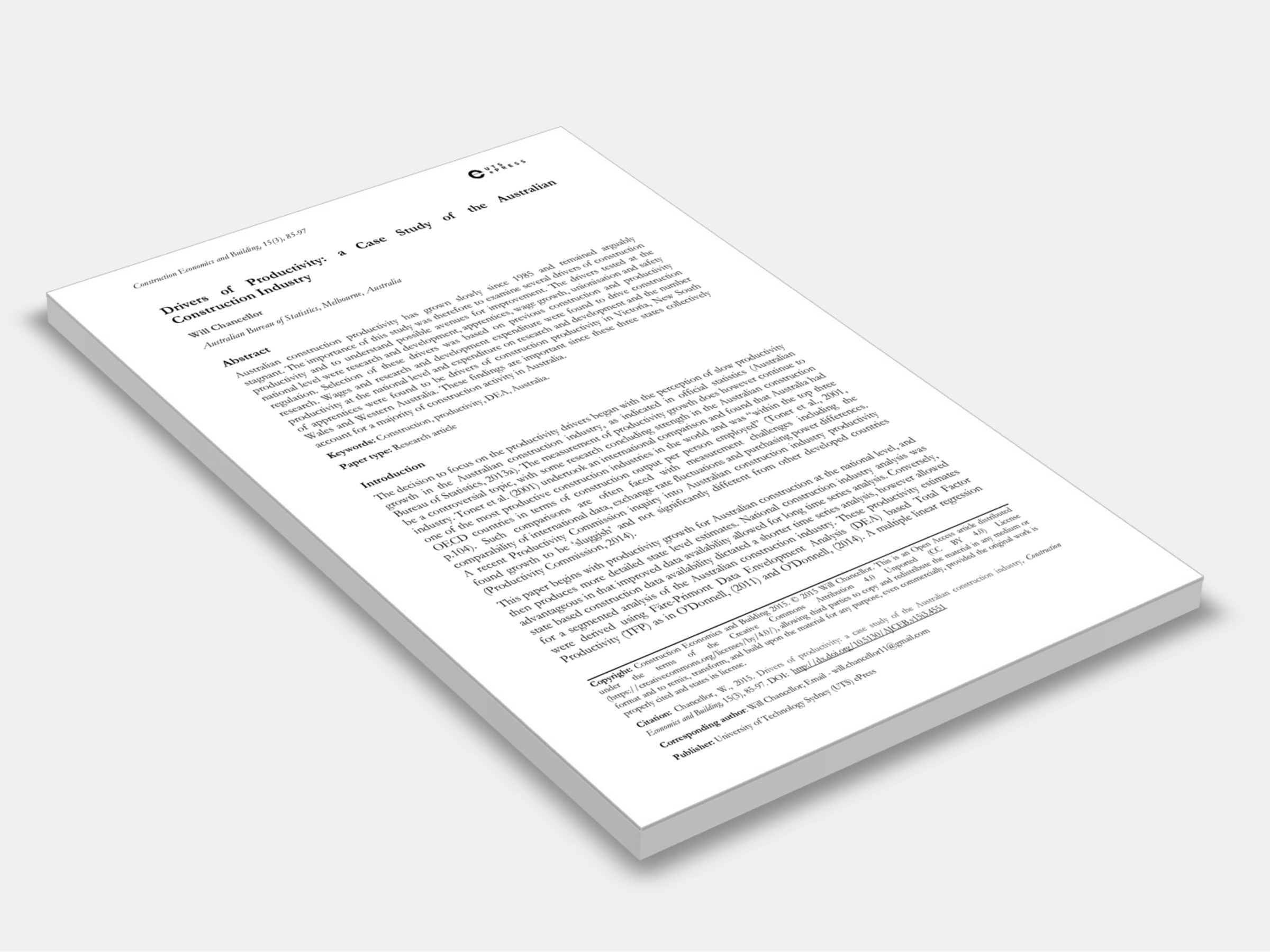
Type
Publisher
Construction Economics and Building
Publisher
Construction Economics and Building
Version:
2015.
(Current)
Short Description
Wages and research and development expenditure were found to drive construction productivity at the national level and expenditure on research and development and the number of apprentices were found to be drivers of construction productivity in Victoria, New South Wales and Western Australia.